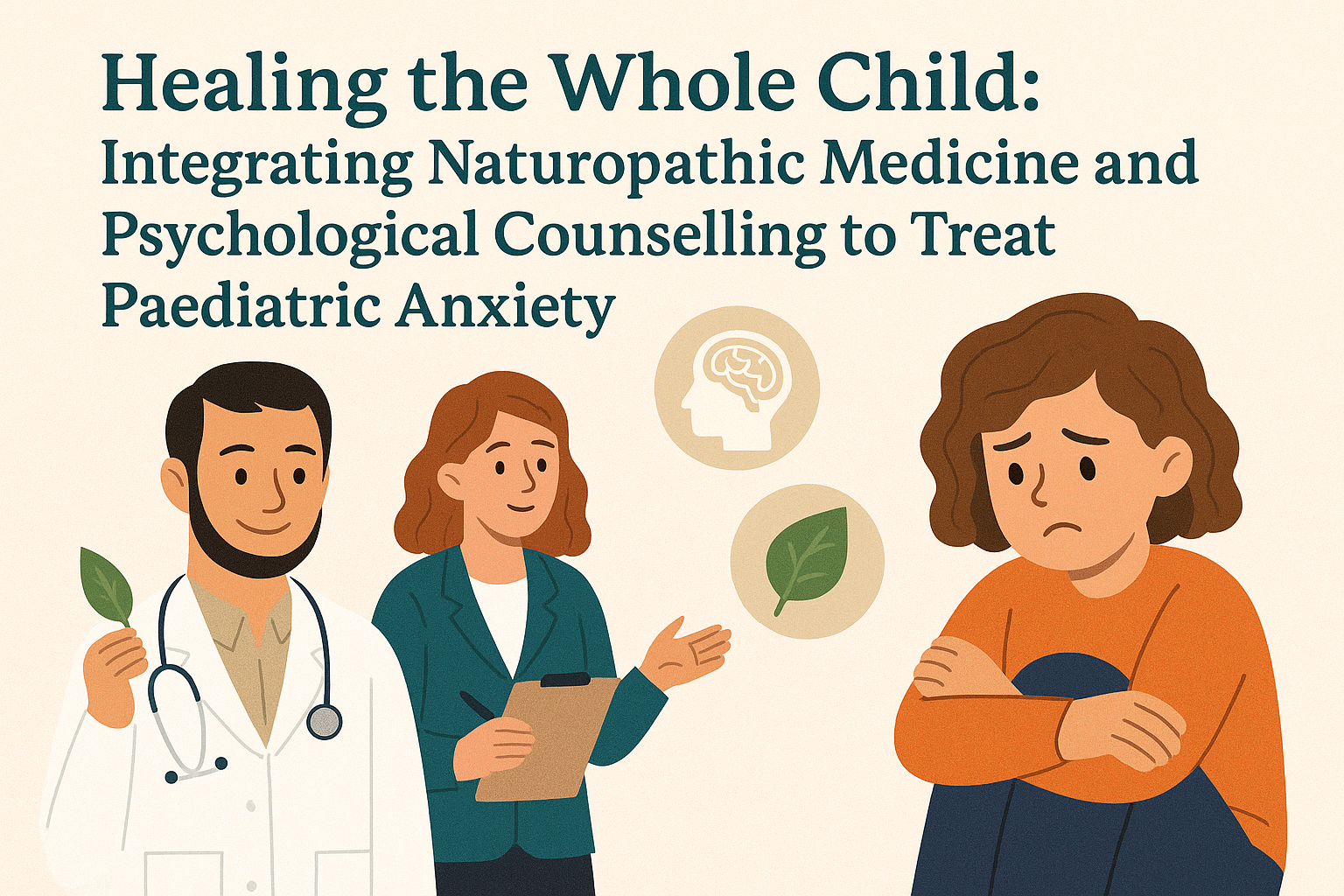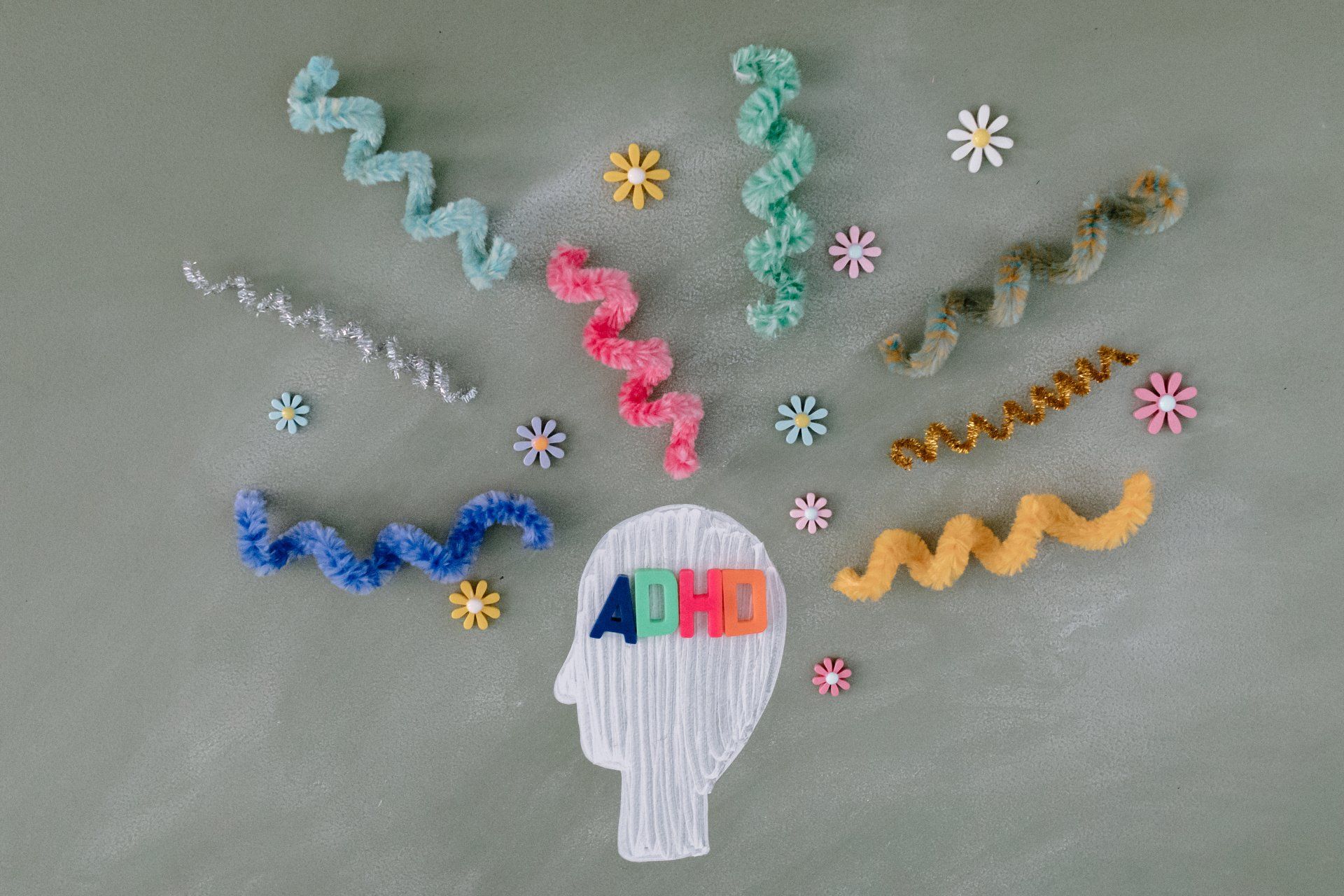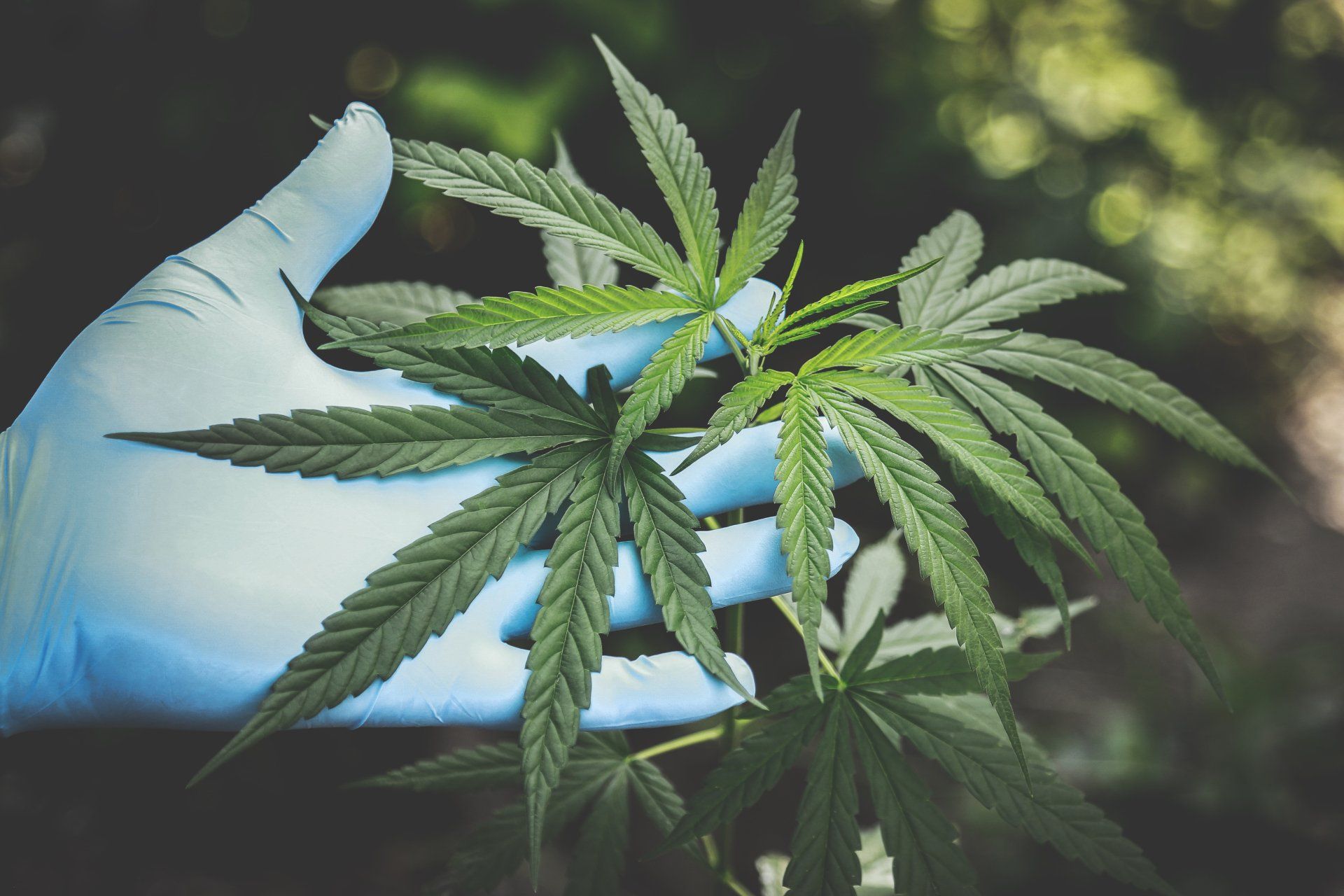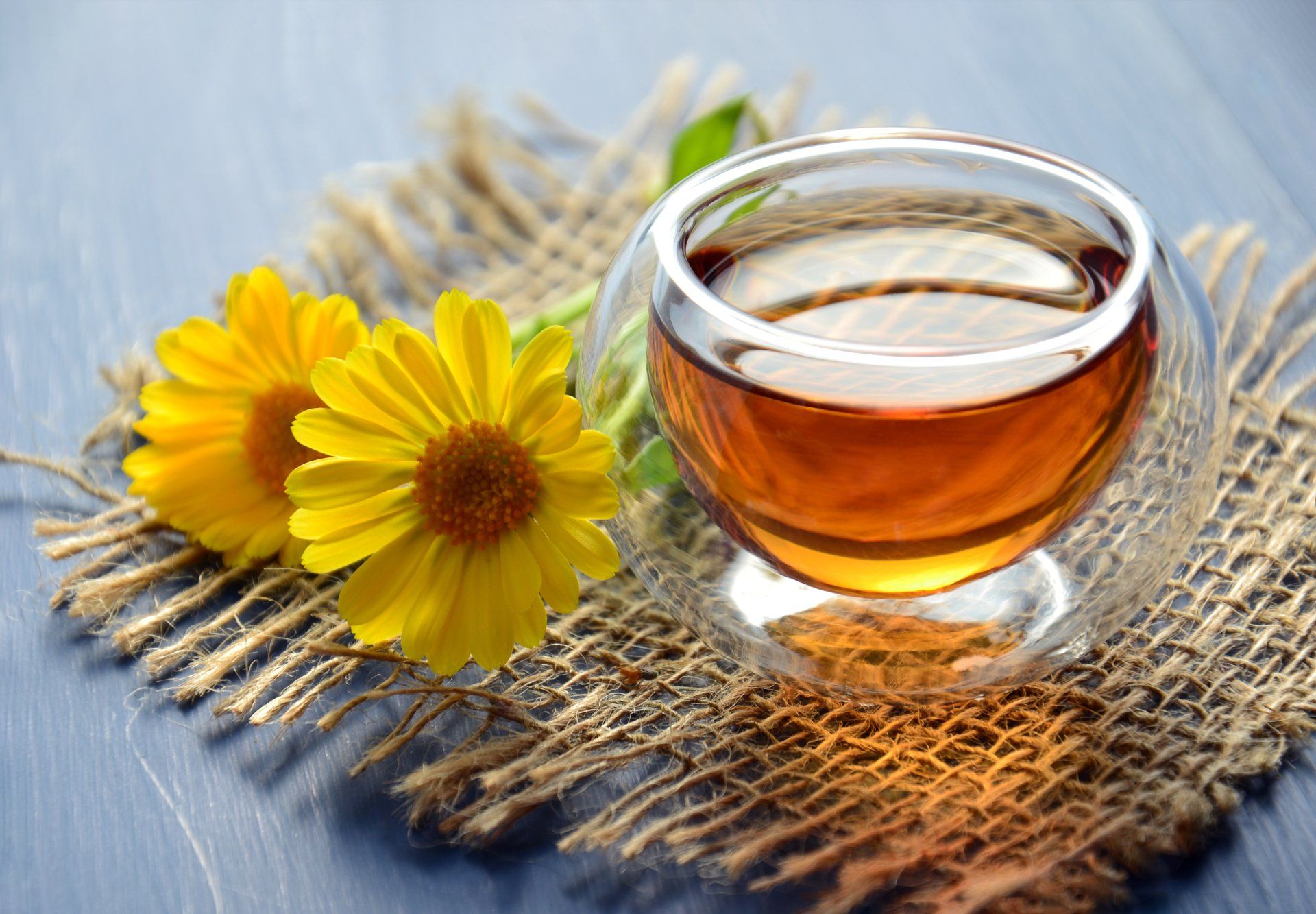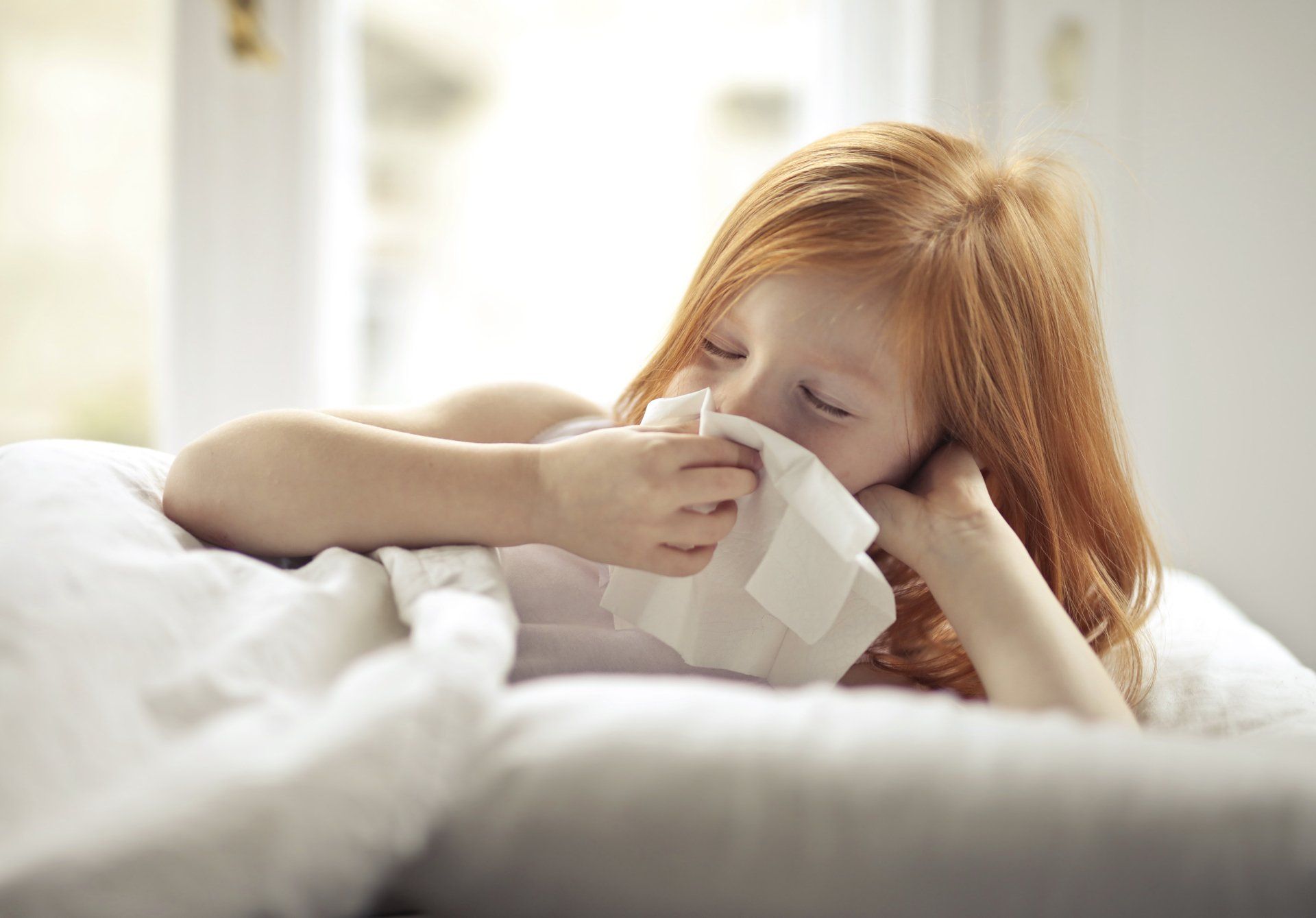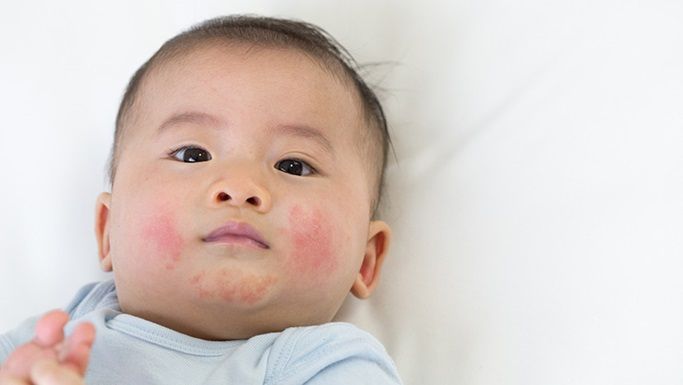Keeping Kids Rash-Free and Happy
Understanding common rashes on kids is crucial for parents, paediatricians, and childcare providers. There's nothing more distressing than seeing a child uncomfortable or in pain due to a rash. This blog post aims to equip you with the knowledge to identify, manage, and prevent the most common rashes seen in children.
Why It’s Important to Recognize Common Rashes on Kids
Every parent has faced a moment when they notice a red patch or a series of bumps on their child's skin and wonder what it could be. Recognizing and understanding common rashes can help alleviate worries and ensure timely and appropriate care. Not all rashes are dangerous, but some require medical attention. Knowledge is your best defence in keeping your little ones healthy and happy.
Overview of 5 Common Rashes
Eczema
Causes, Symptoms, and Management
Eczema, also known as atopic dermatitis, is a chronic skin condition causing red, itchy, and inflamed patches. It's often triggered by environmental factors like allergens, irritants, and sometimes even food. Symptoms include dry, sensitive skin, intense itching, and sometimes oozing or crusting.
Conventional management of eczema involves keeping the skin moisturized with hypoallergenic lotions and avoiding known triggers. Steroid creams prescribed by a paediatrician can help manage flare-ups, and antihistamines may be necessary to control itching. Bathing with lukewarm water and using mild soap can also reduce irritation.
Naturopathic management of eczema focuses on holistic approaches that include dietary adjustments, identifying food sensitivities, lifestyle changes, and natural topical treatments.
An anti-inflammatory diet rich in fresh fruits, vegetables, fatty fish, nuts, and seeds can reduce inflammation, while avoiding processed foods and known allergens may help manage flare-ups. Probiotics for gut health, essential fatty acids like omega-3s, and staying hydrated are key dietary components.
Natural moisturizers like coconut oil, shea butter, and aloe vera gel can soothe and hydrate the skin. Herbal remedies such as calendula cream, chamomile, and licorice root extract, along with oatmeal baths, offer additional relief. Supplements like vitamin D, zinc, quercetin, and turmeric support overall skin health and reduce inflammation. Other therapies, including acupuncture, homeopathy, and hydrotherapy, may also be beneficial.
Diaper Rash
Prevention and Treatment Tips
Diaper rash is a common issue for infants and toddlers, caused by prolonged exposure to wet or soiled diapers. Symptoms include red, inflamed skin in the diaper area, sometimes accompanied by sores or blisters.
Preventing diaper rash involves changing diapers frequently and ensuring the diaper area is clean and dry. Using barrier creams containing zinc oxide can protect the skin from moisture. If a rash develops, allowing the child some diaper-free time can help the skin heal faster. In severe cases, a pediatrician may recommend a medicated ointment.
Hand, Foot, and Mouth Disease
Recognizing Symptoms and Care
Hand, Foot, and Mouth Disease (HFMD) is a viral infection common in young children. It causes a rash on the hands and feet, along with sores in the mouth.
Symptoms include fever, reduced appetite, sore throat, and red spots or blisters on the hands, feet, and mouth.
Care for HFMD involves keeping the child comfortable and hydrated. Pain relievers like acetaminophen can help reduce fever and pain.
Encouraging fluid intake is crucial, as mouth sores can make eating and drinking painful. Most cases resolve on their own within a week, but it's essential to seek medical advice if symptoms worsen or dehydration occurs.
Heat Rash
Causes, Symptoms, and Prevention Strategies
Heat rash, or prickly heat, occurs when sweat ducts become blocked and swell, causing discomfort and itching. This rash often appears as tiny red bumps or blisters in areas where sweat accumulates, such as the neck, chest, and diaper area.
Preventing heat rash involves keeping the child cool and dry. Dress your child in lightweight, breathable clothing and avoid overheating. If heat rash occurs, cool baths and keeping the affected area dry can help. Avoid using oily lotions that can block sweat ducts further.
Allergic Reaction Rash
Identifying Triggers and Treatment
Allergic reaction rashes can result from exposure to allergens such as certain foods, medications, or plants like poison ivy. These rashes can appear as hives, characterized by itchy, raised welts, or as more extensive red patches.
Identifying and avoiding the allergen is the best prevention strategy. Over-the-counter antihistamines can help relieve itching. In cases of severe allergic reactions, such as difficulty breathing or swelling, immediate medical attention is necessary.
Identifying and Differentiating Rashes
Recognizing the type of rash your child has can be challenging. Here are detailed descriptions and tips to differentiate between them:
- Eczema often appears in the creases of elbows and knees and may be accompanied by dry, thickened skin.
- Diaper Rash is localized to the diaper area and can have bright red patches or small bumps.
- Hand, Foot, and Mouth Disease rashes are distinct because they involve the hands, feet, and mouth, often with other symptoms like fever.
- Heat Rash appears as tiny, red spots or blisters in areas prone to sweating.
- Allergic Reaction Rash can vary but usually presents as hives or broad red patches and may occur suddenly after exposure to an allergen.
Consulting visual aids online can also help in identifying rashes accurately. Always consider a healthcare provider's advice for proper diagnosis and treatment.
Management and Home Care
Taking care of rashes at home is crucial. Here are best practices:
- Eczema: Moisturize frequently, use prescribed creams, and avoid known triggers.
- Diaper Rash: Change diapers often, keep the area clean and dry, and use barrier creams.
- HFMD: Keep your child hydrated, use pain relievers, and maintain good hygiene.
- Heat Rash: Keep your child cool, dress them in breathable clothes, and avoid heavy lotions.
- Allergic Reaction Rash: Identify and avoid allergens, use antihistamines, and seek immediate medical care for severe reactions.
Knowing when to seek medical advice is key. If a rash is accompanied by fever, swelling, or breathing difficulties, contact a Paediatrician or Naturopathic Doctor immediately.
Preventing and Reducing the Risk of Rashes
Prevention is always better than cure. Here's how you can reduce the risk of rashes:
- Maintain Good Hygiene: Regular baths and clean, dry skin can prevent many rashes.
- Dress Appropriately: Choose breathable, comfortable clothing to avoid heat rash and other irritations.
- Monitor Allergens: Be mindful of potential allergens in food, plants, and products.
- Stay Hydrated: Ensure your child drinks plenty of fluids, especially in hot weather.
Implementing these practices can significantly reduce the occurrence of rashes and keep your child comfortable and happy.
Recap and Next Steps
We’ve covered the common rashes seen in children, their causes, symptoms, and treatments. Early identification and proper care are essential for managing these conditions. When in doubt, always seek professional medical advice.
Rashes can be distressing for both children and caregivers, but with the right knowledge and approach, they can be effectively managed. Share this article with other parents and caregivers to spread awareness and support our community.
If you have any questions or need further assistance, don't hesitate to reach out to our paediatric services. We're here to help you keep your children healthy and happy.
